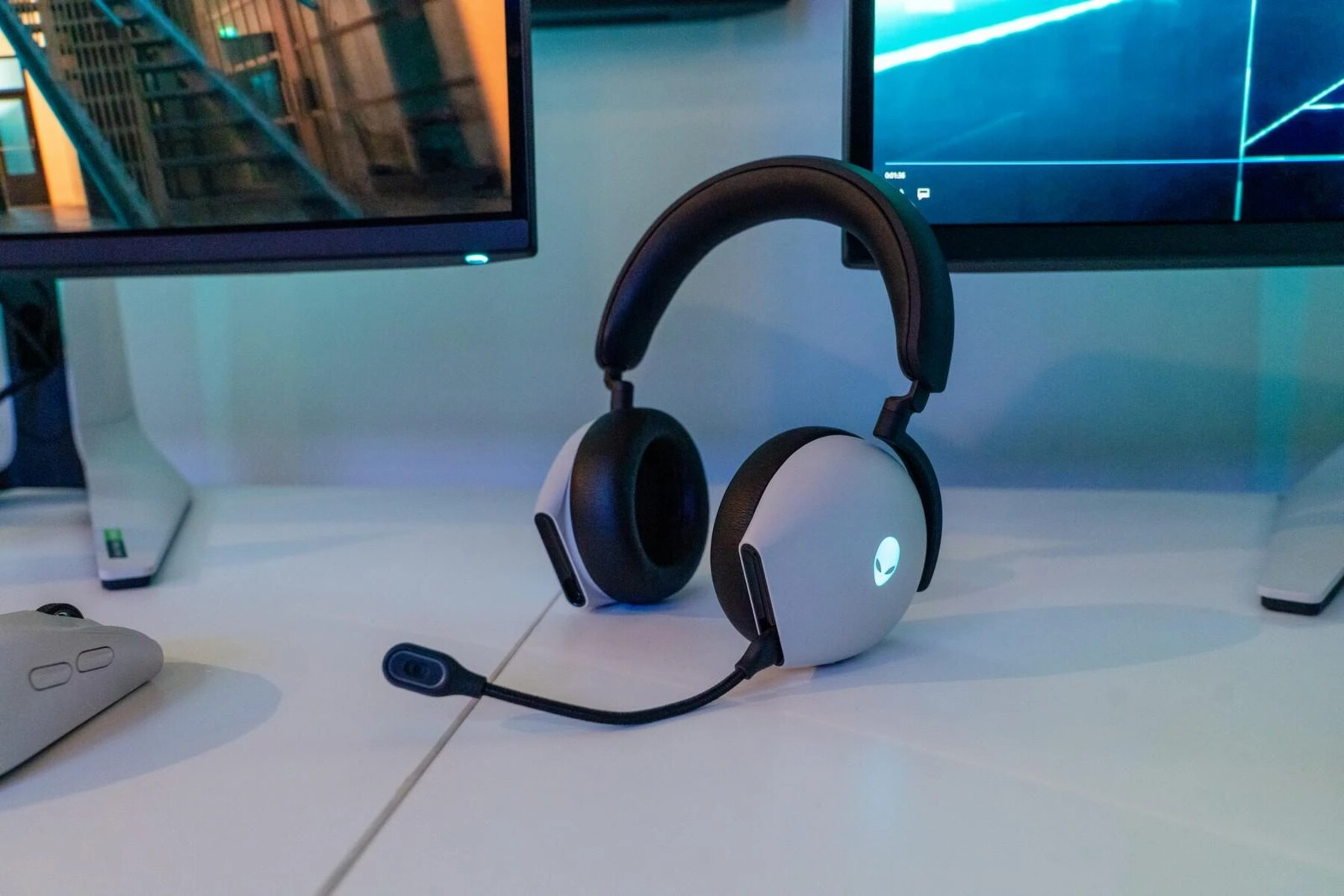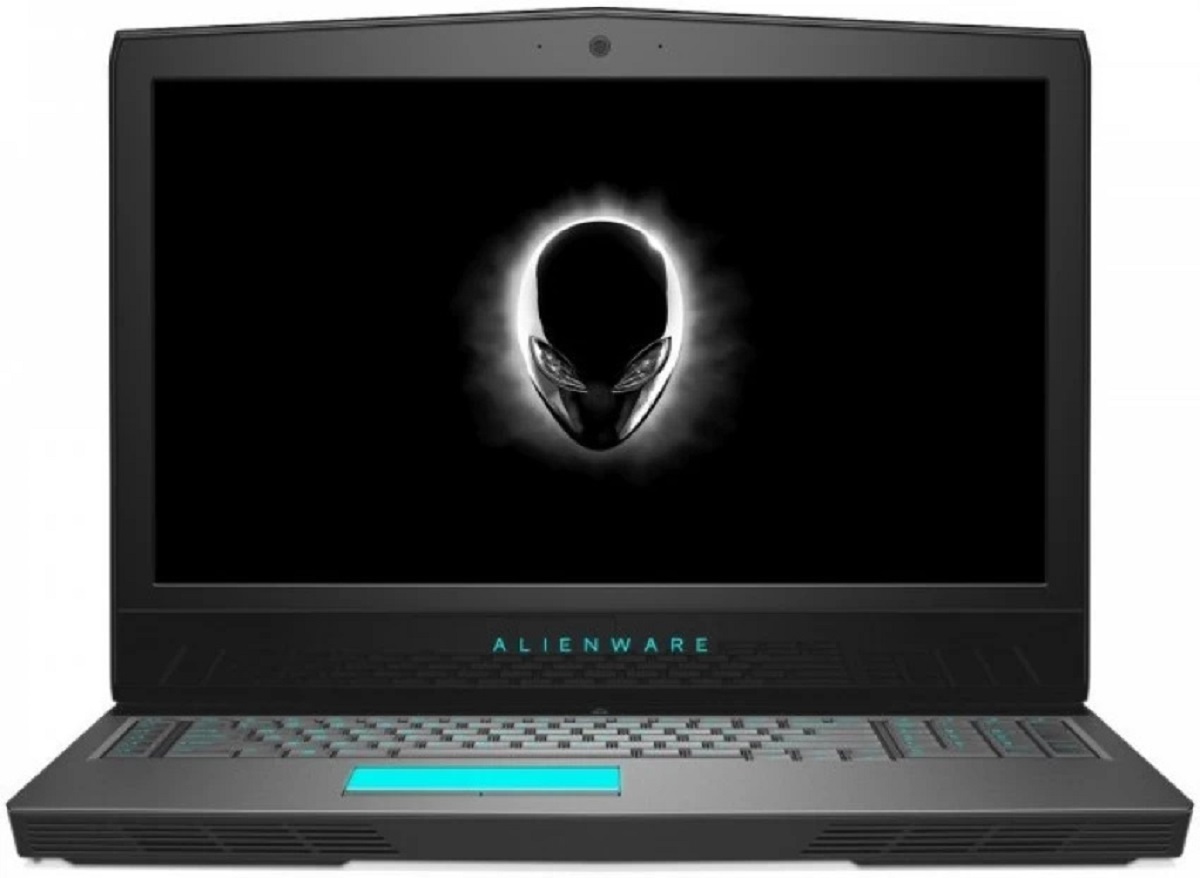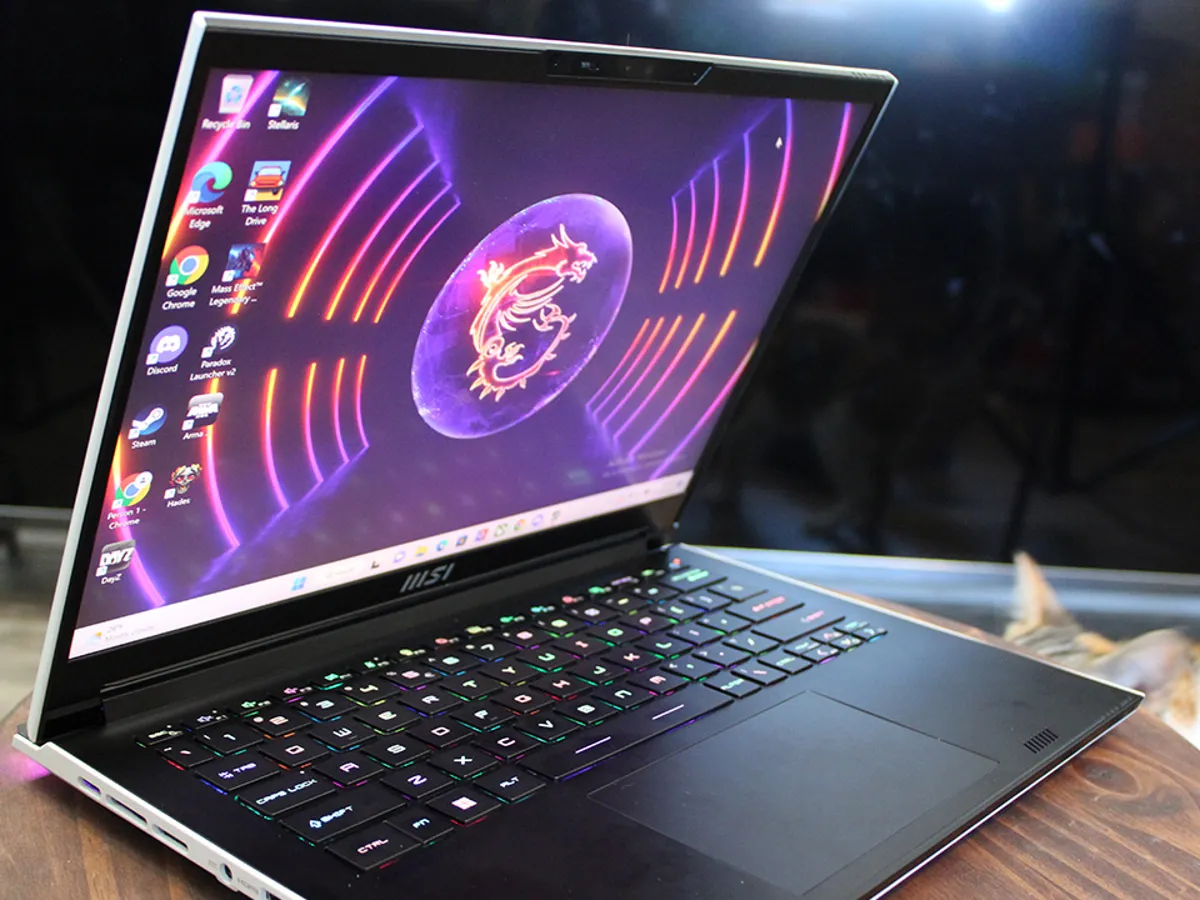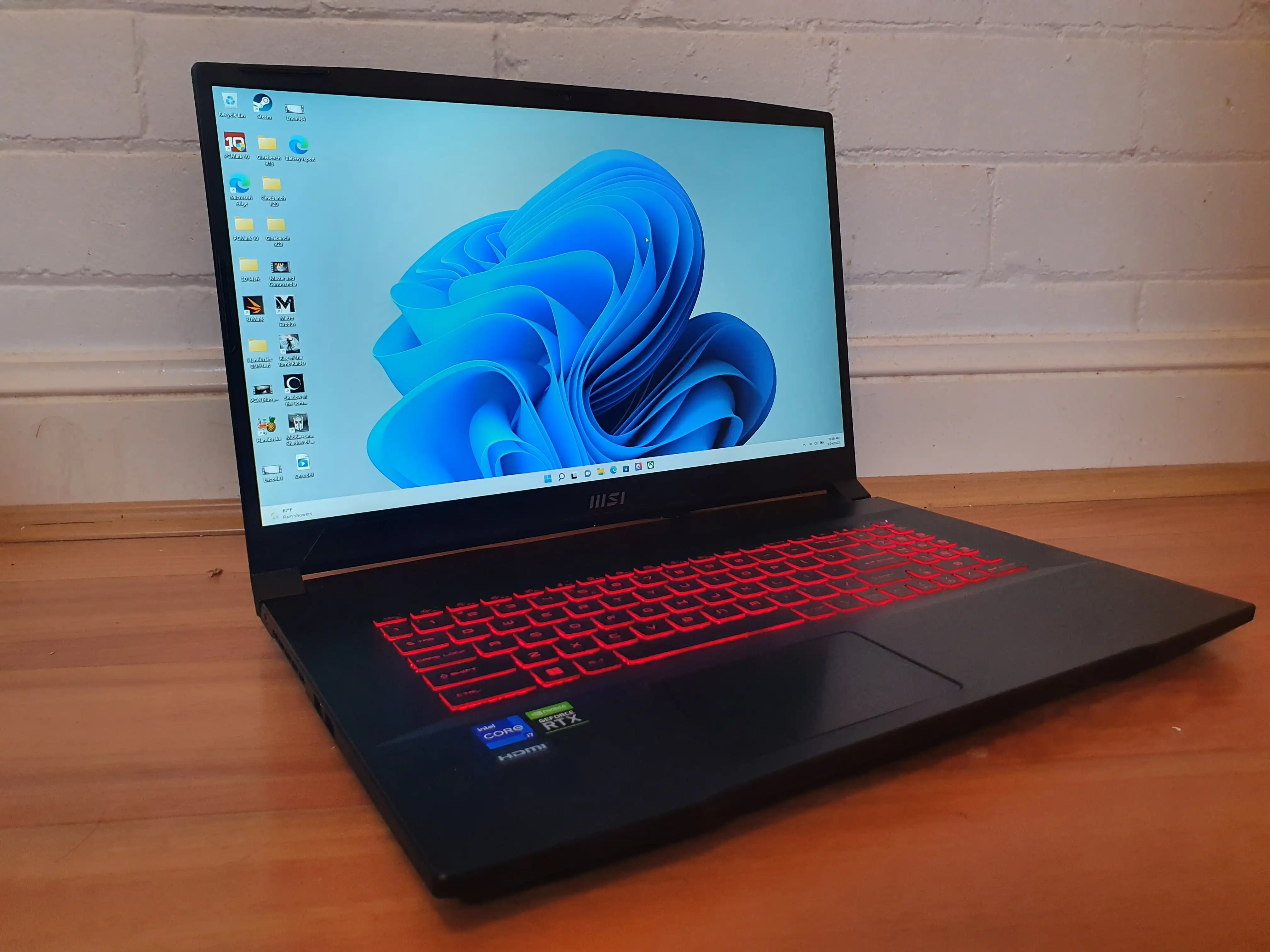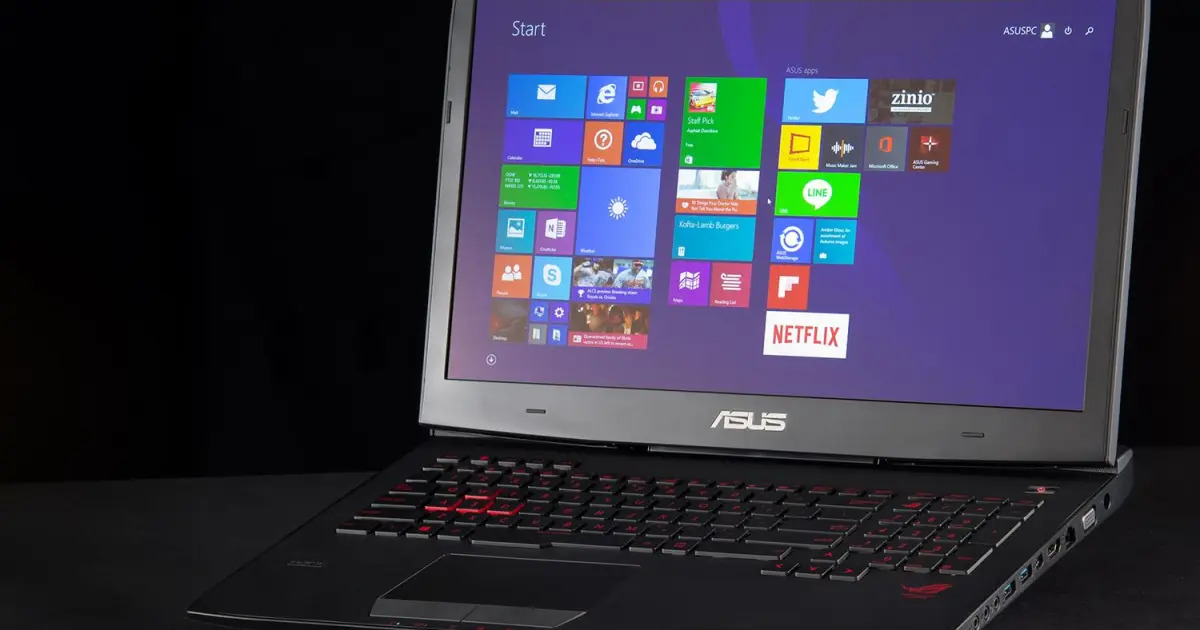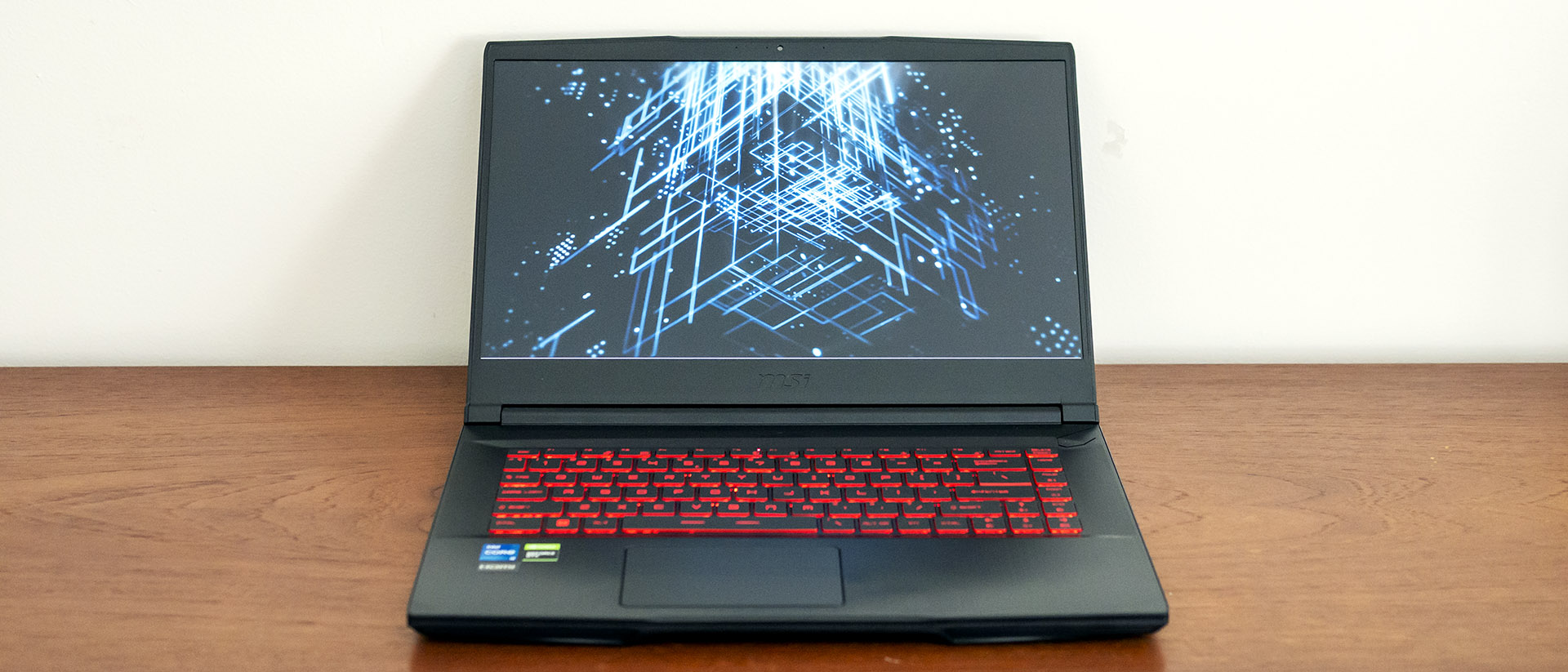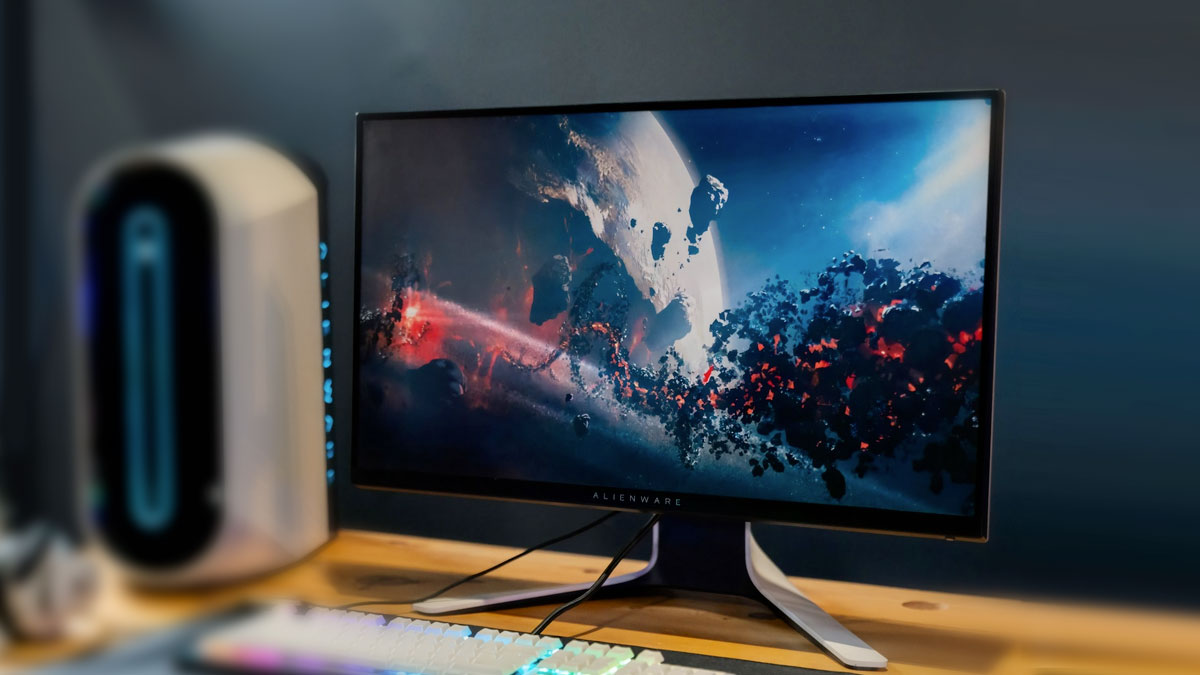Introduction
Setting up a gaming headset on your Dell laptop can greatly enhance your gaming and multimedia experience. Whether you are a casual gamer, a professional streamer, or someone who simply enjoys high-quality audio, a gaming headset can provide immersive sound and clear communication. However, the process of setting up a gaming headset on a Dell laptop may seem daunting at first, especially if you are new to the world of PC gaming or technology in general. Fear not, as this guide will walk you through the steps to seamlessly integrate your gaming headset with your Dell laptop, ensuring that you can dive into your favorite games or enjoy your media with crystal-clear audio and minimal hassle.
Before diving into the setup process, it’s important to note that the compatibility of your gaming headset with your Dell laptop plays a crucial role in ensuring a smooth setup. Additionally, understanding how to connect and configure the sound settings on your laptop is essential for optimizing the performance of your gaming headset. By following the steps outlined in this guide, you will be able to enjoy an enhanced audio experience, whether you are engaging in intense gaming sessions, streaming content, or simply immersing yourself in your favorite music or movies.
Step 1: Check the compatibility of your gaming headset with your Dell laptop
Before embarking on the setup process, it’s essential to ensure that your gaming headset is compatible with your Dell laptop. Compatibility issues can lead to frustration and suboptimal performance, so taking the time to verify compatibility is a crucial first step.
Start by checking the connection type of your gaming headset. Most gaming headsets utilize a 3.5mm audio jack or USB connection. Dell laptops typically feature 3.5mm audio jacks and USB ports, but it’s important to confirm the availability of these ports on your specific laptop model. Additionally, some gaming headsets may require specific software or drivers to function optimally. Visit the manufacturer’s website or refer to the product documentation to determine if any additional software or drivers are needed for compatibility with your Dell laptop.
Furthermore, if your gaming headset features advanced audio technologies such as surround sound or proprietary audio processing, ensure that your Dell laptop’s audio capabilities align with the headset’s requirements. Some gaming headsets may rely on specific audio enhancements or features that are not supported by all laptop models.
It’s also beneficial to consider the physical design of the gaming headset in relation to your usage preferences. Comfort, weight, and adjustability are important factors to evaluate, especially if you anticipate extended gaming or multimedia sessions. Additionally, if your gaming headset includes a microphone, verify that it is compatible with your Dell laptop’s audio input or that it can be used in conjunction with any external audio interfaces or adapters that may be required.
By thoroughly assessing the compatibility of your gaming headset with your Dell laptop, you can mitigate potential issues and ensure a seamless setup process. Once you have confirmed compatibility, you can proceed with connecting and configuring your gaming headset to optimize your audio experience on your Dell laptop.
Step 2: Connect the gaming headset to your Dell laptop
Once you have verified the compatibility of your gaming headset with your Dell laptop, the next step is to establish the physical connection between the two devices. Depending on the type of connection supported by your gaming headset and Dell laptop, the process may vary.
If your gaming headset utilizes a 3.5mm audio jack, locate the headphone and microphone ports on your Dell laptop. These ports are typically color-coded, with the headphone port being green and the microphone port being pink. Insert the corresponding 3.5mm plugs from your gaming headset into the appropriate ports on your laptop. Ensure that the connections are secure to prevent audio issues during use. If your gaming headset features a USB connection, simply plug the USB connector into an available USB port on your Dell laptop.
For wireless gaming headsets that utilize Bluetooth connectivity, enable Bluetooth on your Dell laptop and follow the pairing instructions provided by the headset’s manufacturer. Once paired, your laptop will recognize the headset as an audio output device, allowing you to enjoy wireless audio without the constraints of physical cables.
If your gaming headset includes a microphone, ensure that it is properly positioned and securely connected to your Dell laptop. Depending on the headset’s design, the microphone may be integrated into the headset itself or detachable for added flexibility. Once connected, adjust the microphone settings on your laptop to ensure clear and accurate voice capture during gaming, communication, or content creation.
After establishing the physical connection between your gaming headset and Dell laptop, take a moment to test the audio output and microphone input to confirm that both components are functioning as expected. Adjust the volume levels and audio settings as needed to achieve the desired sound quality and ensure that the microphone is capturing your voice effectively.
By successfully connecting your gaming headset to your Dell laptop, you are one step closer to immersing yourself in an enhanced audio experience while gaming, communicating with teammates, or enjoying multimedia content.
Step 3: Configure the sound settings on your Dell laptop
Once your gaming headset is physically connected to your Dell laptop, it’s essential to configure the sound settings to optimize the audio output and ensure a seamless experience across various applications and activities.
Begin by accessing the sound settings on your Dell laptop. Depending on the operating system, you can typically find the sound settings in the system tray or within the system preferences. Locate the audio output settings and select your gaming headset as the default playback device. This ensures that all audio from your laptop, including game sounds, music, and system notifications, is channeled through your gaming headset for an immersive audio experience.
If your gaming headset features advanced audio features such as surround sound or customizable equalizer settings, take advantage of any accompanying software or control panels provided by the headset’s manufacturer. These tools allow you to fine-tune the audio output to suit your preferences, whether you prefer enhanced spatial awareness in games or a tailored audio profile for music and multimedia content.
For gaming headsets with integrated microphones, access the sound settings to configure the microphone input. Adjust the microphone sensitivity, noise cancellation, and voice enhancements to ensure clear and accurate voice capture during gaming, voice chat, or content creation. It’s important to test the microphone input in various applications to confirm that it is functioning optimally and that your voice is being transmitted clearly.
Consider exploring additional audio settings within specific applications or games to further customize the audio experience. Some games and multimedia software offer audio options that can be tailored to your preferences, including spatial audio effects, dialogue enhancements, and dynamic range adjustments. By adjusting these settings, you can further enhance the immersion and clarity of the audio delivered through your gaming headset.
Lastly, ensure that the sound settings on your Dell laptop are optimized for performance. Check for any available audio driver updates or system updates that may enhance the compatibility and functionality of your gaming headset. Keeping your laptop’s audio drivers up to date can contribute to a smoother and more reliable audio experience.
By configuring the sound settings on your Dell laptop to accommodate your gaming headset, you can unlock the full potential of your audio hardware and enjoy a personalized and immersive audio experience across various activities and applications.
Step 4: Test the gaming headset on your Dell laptop
After completing the physical connection and sound configuration of your gaming headset on your Dell laptop, it’s crucial to conduct thorough testing to ensure that the audio output and microphone input meet your expectations across different scenarios and applications.
Start by launching a game or multimedia content that showcases a diverse range of audio elements, such as music, dialogue, ambient sounds, and special effects. This allows you to assess the spatial awareness, clarity, and depth of the audio delivered through your gaming headset. Pay attention to directional audio cues in games and the overall fidelity of the sound reproduction during music playback or movie viewing.
Engage in voice communication or video calls to test the microphone input of your gaming headset. Whether you are using voice chat in games, participating in virtual meetings, or recording audio for content creation, it’s essential to ensure that your voice is captured accurately and clearly. Verify that the microphone settings align with your communication needs and that background noise is minimized through the headset’s noise-canceling features.
Explore various applications and multimedia content to gauge the versatility and compatibility of your gaming headset with different software environments. This includes testing audio playback and microphone input in music players, streaming platforms, voice communication apps, and video editing software. By assessing the performance of your gaming headset across diverse applications, you can identify any potential compatibility issues and fine-tune the audio settings as needed.
Assess the comfort and ergonomics of your gaming headset during extended usage. Pay attention to factors such as headband pressure, ear cushion comfort, and overall weight distribution. Comfort is crucial, especially during prolonged gaming sessions or content creation endeavors. Evaluate the breathability and heat dissipation of the ear cushions to ensure that you can maintain a comfortable and immersive audio experience over time.
Consider enlisting the feedback of friends, teammates, or collaborators to gather external perspectives on the audio quality and microphone performance of your gaming headset. Their input can provide valuable insights and help you identify any nuances in audio reproduction or voice capture that you may have overlooked during your individual testing.
By thoroughly testing your gaming headset on your Dell laptop, you can confidently assess its performance, comfort, and compatibility across a spectrum of activities and applications. This comprehensive evaluation empowers you to make informed adjustments and fully leverage the capabilities of your gaming headset for an enriched audio experience.
Conclusion
Setting up a gaming headset on your Dell laptop can significantly elevate your audio experience, whether you are immersed in intense gaming sessions, engaging in virtual communication, or enjoying multimedia content. By following the steps outlined in this guide, you have successfully navigated the process of integrating your gaming headset with your Dell laptop, ensuring optimal compatibility, connectivity, and audio performance.
By first checking the compatibility of your gaming headset with your Dell laptop, you established a solid foundation for a seamless setup. Verifying the connection type, software requirements, and audio capabilities allowed you to preemptively address potential compatibility issues, paving the way for a smooth integration process.
Subsequently, connecting your gaming headset to your Dell laptop enabled you to physically establish the crucial link between the two devices. Whether utilizing 3.5mm audio jacks, USB connections, or wireless Bluetooth pairing, the physical connection marked a pivotal step in preparing your gaming headset for an enhanced audio experience.
Configuring the sound settings on your Dell laptop further optimized the audio output and microphone input, tailoring the audio experience to your preferences and ensuring seamless functionality across various applications and activities. Fine-tuning the sound settings and exploring advanced audio features empowered you to unlock the full potential of your gaming headset’s capabilities.
Thoroughly testing your gaming headset on your Dell laptop allowed you to evaluate its performance, comfort, and versatility across diverse scenarios and applications. From assessing audio fidelity and spatial awareness to testing microphone input and comfort during extended usage, the comprehensive testing phase provided valuable insights into the capabilities of your gaming headset.
As a result of diligently following the setup process and conducting thorough testing, you are now equipped with an optimized gaming headset setup on your Dell laptop, ready to immerse yourself in a heightened audio experience across your favorite activities and content. Whether embarking on epic gaming adventures, collaborating with teammates, or indulging in multimedia entertainment, your gaming headset stands as a reliable companion, delivering immersive audio and clear communication.
With your gaming headset seamlessly integrated with your Dell laptop, you are poised to embark on a captivating audio journey, empowered by the seamless integration, optimized performance, and personalized audio experience that this setup affords.







